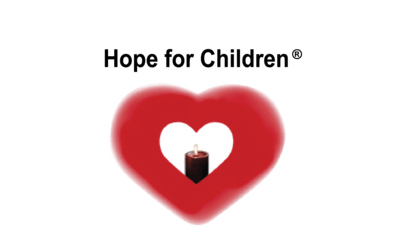Victims With Disabilities – Collaborative, Multidisciplinary First Response
Victims with disabilities appreciate it when you learn how to create a more positive experience for the victim with disabilities. Can the victim be understood? Does the victim have a relationship with the abuser? Does the abuser live in the same home with the victim? Try to understand what a child victim or any victim has been taught socially in order to better understand the victim, and to understand the victim’s experience of trauma and stress. The victim may not have communication skills to completely communicate what happened to them, not being able to explain the actions of the victimization.
This video was produced by the Office for Victims of Crime, Office of Justice Programs, Victims with Disabilites with permission by Hope For Children Foundation to distribute on our website, hopeforchildrenfoundation.org and on Youtube and Vimeo. Perpetrators of abuse take advantage of those with disabilities leading to violence, sexual assault, domestic violence and murder of the victim. For many, alcohol and pills take away any sense of guilt or pain that both suffer for it. This video will show the relationship between victimization and those with disabilities for first responders, victim advocates, and the community to help victims and realize the importance of collaboration in assisting victims. It is critical to gain knowledge of the background of the victim with disabilities to better understand them.
This training video / movie provides a specific set of guidelines for first responders (law enforcement officers, paramedics, victim advocates, forensic interviewers) who have been called to the scene of a crime in which the victim has a disability. It is designed to help these professionals hone their ability to work with individuals who present specific challenges to a successful first response. Developed under the guidance of a national advisory board, this movie provides guidelines for interacting with both adults and children, and places special emphasis on crime victims who have communication and/or intellectual disabilities.
Victims With Disabilities May Have Long Lasting Intellectual Disabilities
Intellectual disabilities, which involve the mental process of knowing, include disabilities such as mental retardation and autism. [Note: Despite the fact that the term retardation is considered pejorative by many in the disability community, this term remains current in diagnostic nomenclature and is therefore used in this guide.] Communication disabilities, which have to do with physical involvements that interfere with a person’s ability to convey information and ideas, include disabilities associated with speech production (e.g., cerebral palsy, stroke). Crime rates that involve crimes against children and adults with disabilities far exceed rates of crime against individuals who do not have disabilities.
Crimes Against Children with Disabilities
Research published in 2001 found that crimes against children with disabilities occur at 3.4 times the rate of children who do not have disabilities (Sullivan, P.M., and Knutson, J.F. “Maltreatment and Disabilities: A Population-Based Epidemiological Study.” Child Abuse and Neglect 2000. Estimates of maltreatment of adults with disabilities range from 4 to10 times the rate for adults without disabilities. “Special Children, Special Risks: The Maltreatment of Children with Disabilities.”). Although research on the crime victimization of individuals with disabilities is sparse, the findings are consistent that crime rates are much higher within this population. Additionally, individuals who acquire disabilities as a result of crime victimization represent a significant number each year, but public recognition of both of these populations continues to be all but absent.
Process of Creating This Video / Movie
The Movie – While maintaining a primary focus on victims of crime with communication and/or intellectual disabilities, this video concentrates on certain essential aspects of a first response. These essentials or basic principles should be applied to any response to a person with a disability. If these guidelines are followed, they will facilitate a successful interaction between responder and victim. The foundation for this DVD is the First Responders Curriculum: Responding to Child Abuse Calls Involving Children with Disabilities, published in 2005, which was produced under a grant from the California Children’s Justice Act to Arc Riverside. This movie was created with use of the expertise of a national advisory board and a production team; both groups brought years of experience to the project.

